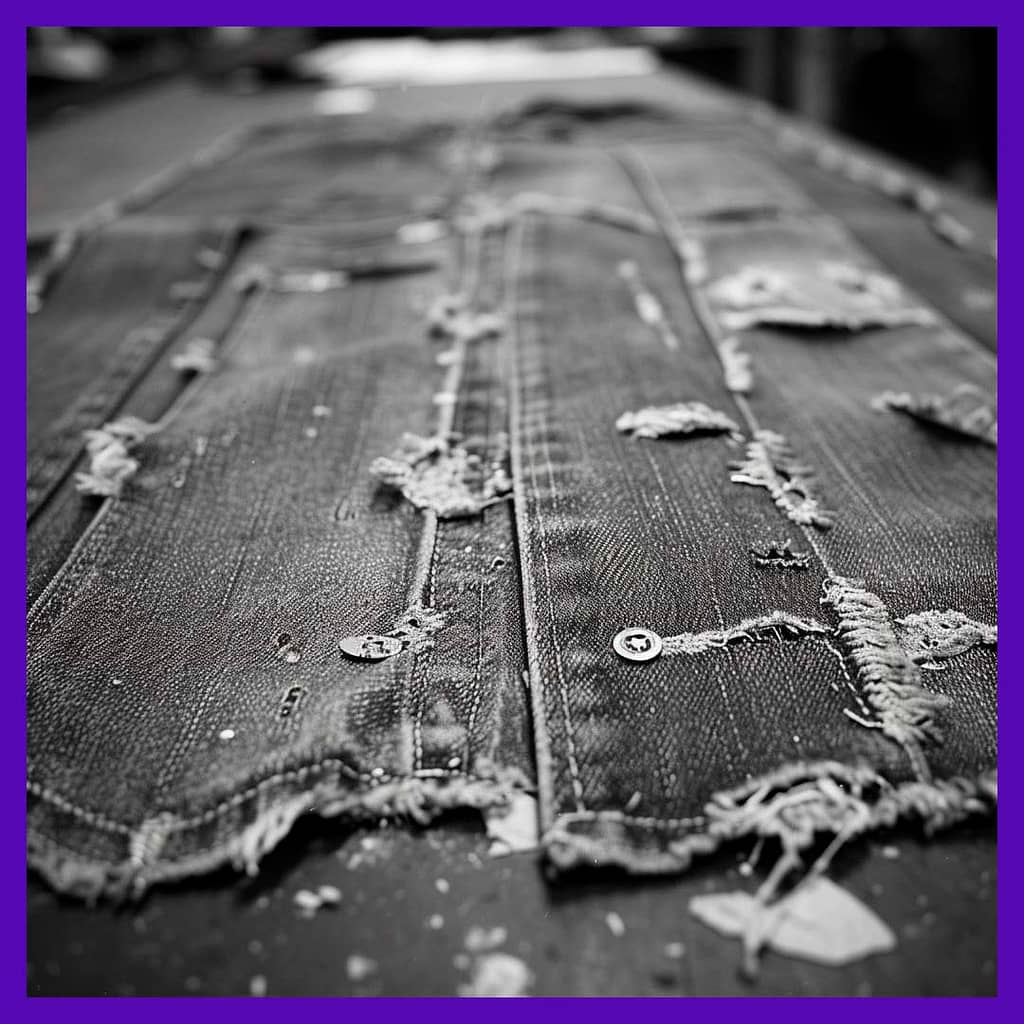
How AI Is Already Designing Clothes – And Whose Jobs Are at Risk
Let’s not sugarcoat it: AI is already making clothes. Not just moodboards or Instagram filters — actual, production-ready garments. From high-concept designs generated by Midjourney to virtual prototypes built in CLO 3D and patterns adjusted with machine learning, the fashion industry is going through real structural changes. This isn’t just a cool toy for creative directors. It’s a shift in how clothing gets imagined, built, and brought to market.
AI Is No Longer a Concept—It’s on the Runway
Designers are already using AI to create entire collections. Tools like Cala, Finesse, and Revery AI help brands turn prompts into sketches, sketches into 3D mockups, and mockups into mass production. GANs (Generative Adversarial Networks) and diffusion models generate prints, textures, and silhouettes in seconds. DRESSX and other digital fashion platforms are even selling AI-generated items as virtual wearables — and people are buying.
In short: AI isn’t coming to fashion. It’s already dressing it.
The First to Feel It: Junior and Mid-Level Creatives
While creative directors and lead designers still drive the brand vision, entry- and mid-level positions are under threat. AI can now handle:
- early concept exploration
- trend analysis
- sketch development
- print generation
Why pay a junior designer to do 40 iterations when DALL·E or Midjourney can do 200 in an hour?
Fashion illustrators, tech pack assistants, and print artists are already seeing their tasks semi-automated. Some adapt and collaborate with AI; others get left behind.
Technical Roles Aren’t Safe Either
This isn’t just about art. Technical fashion specialists — like patternmakers and garment technologists — are also facing disruption. Platforms like CLO 3D, Style3D, and VStitcher let AI generate fit simulations, garment tension maps, and digital samples with minimal human input.
Machine learning tools can now optimize pattern layouts, suggest seam placements, or auto-adjust sizing for different markets. The craftsmanship isn’t gone — but the hands doing it are changing.
It’s Not Just a Threat — It’s a Rethink
AI isn’t killing fashion jobs. It’s redefining what they look like. Brands now need professionals who can prompt, interpret, and refine AI-generated content. That means new hybrid roles: designer + data analyst, 3D modeler + storyteller, merchandiser + prompt engineer.
Still, the shift is brutal. Not everyone wants to become half-techie. And not every brand is willing to train them.
What’s Next: From Assistants to Co-Creators
Right now, AI is a powerful assistant. But in the next 3–5 years, it might act more like a co-designer. Systems will learn brand DNA, past sales data, and customer feedback to suggest what should be made next.
Design won’t disappear — but the process, the pace, and the people will evolve.
